Chiropractic Relief for Auto Accident-Related Low Back Pain

Low back pain after a car accident often stems from lumbar misalignment, treatable by chiropractors…….
Busy pet owners can rely on professional Pet Sitting and Dog Walking services for flexible, personal.......
Professional pet sitters find immense satisfaction in their work, which allows them to connect deepl.......
In the aftermath of automobile collisions, one of the most prevalent and debilitating injuries that victims often face is lower back pain. This complex issue requires a multifaceted approach for effective relief and recovery. “Lower Back Pain Relief After Auto Collisions” explores the intricate relationship between automotive accidents and chronic back pain, delving into strategies, treatments, and technologies aimed at alleviating suffering and enhancing post-accident recovery. This article aims to equip individuals, healthcare professionals, and policymakers with a comprehensive understanding of this critical aspect of trauma care.
Definition: Lower back pain relief after auto collisions refers to the medical and therapeutic processes designed to mitigate and manage acute and chronic pain experienced by individuals who have been involved in automotive accidents. It involves a range of interventions aimed at improving mobility, reducing inflammation, and promoting healing in the lower spinal region.
Core Components:
Immediate Care: Following an auto collision, prompt medical attention is crucial. This initial phase includes on-scene evaluations, emergency room treatments, and stabilizations to prevent further damage.
Diagnosis and Assessment: Healthcare professionals employ various diagnostic tools such as X-rays, MRI scans, and physical examinations to identify the extent of spinal injuries, herniated discs, or other related conditions.
Pain Management: This involves a combination of pharmacological interventions (pain medications), physical therapy, and non-pharmacological approaches like heat/ice therapy, massage, and acupuncture.
Rehabilitation: A structured rehabilitation program is essential for long-term recovery. It includes exercises to strengthen the core, improve flexibility, and restore mobility, often guided by specialized physiotherapists.
Psychosocial Support: The mental health aspect of recovery cannot be overlooked. Counseling and support groups play a vital role in helping individuals cope with the emotional and psychological trauma associated with auto accidents.
Historical Context: Throughout history, lower back pain has been a prevalent concern, but its management in the context of auto collisions has evolved significantly. Traditional treatments often relied on rest and conservative care, but advancements in medical science and technology have led to more aggressive and targeted interventions. The last few decades have seen a shift towards evidence-based practices, incorporating research findings into clinical decision-making.
The global impact of lower back pain relief after auto collisions is profound, with varying regional manifestations:
North America and Europe: These regions have well-established healthcare systems, leading to a higher availability of specialized services. However, the rising number of auto accidents due to increasing vehicle ownership presents a continuous challenge.
Asia-Pacific: The rapid economic development in this region has led to improved access to healthcare, but it also contributes to a growing number of road traffic injuries, posing specific challenges for lower back pain relief efforts.
Low-Middle Income Countries: Here, the burden of lower back pain post-auto collisions is often exacerbated by limited healthcare resources and infrastructure. Research suggests that these regions face unique barriers in terms of early detection and effective treatment.
Trends Shaping the Trajectory:
Aging Population: The global aging trend increases the risk of spinal injuries, as older adults are more susceptible to back-related issues. This requires a focus on preventive measures and tailored rehabilitation programs.
Technological Integration: The adoption of advanced technologies like telemedicine, wearable health devices, and AI-driven diagnostics is revolutionizing pain management, making care more accessible and personalized.
Personalized Medicine: Customized treatment plans based on individual genetic profiles and lifestyle factors are gaining traction, improving outcomes and patient satisfaction.
The economic implications of lower back pain relief after auto collisions are significant:
| Aspect | Description | Impact |
|---|---|---|
| Direct Medical Costs | Includes hospitalization, surgeries, medications, and rehabilitation | Substantial, accounting for a large portion of post-accident healthcare expenses |
| Indirect Costs | Lost productivity due to absence from work or reduced work capacity | Considerable, affecting individuals, employers, and the economy at large |
| Legal and Insurance Expenses | Litigation, settlements, and insurance claims processing | Significant, with varying regional variations |
| Productivity Losses on a Global Scale | Estimates suggest billions of dollars lost annually due to disability and reduced work performance | Underscores the need for effective prevention and treatment strategies |
Technological innovations have significantly enhanced lower back pain relief after auto collisions:
Advanced Imaging Techniques: MRI, CT scans, and ultrasound provide detailed insights into spinal anatomy, aiding in precise diagnoses and treatment planning.
Spinal Cord Stimulation (SCS): This non-invasive technique uses electrical impulses to modulate pain signals, offering long-term relief for chronic back pain patients.
Robotic Surgery: Minimally invasive procedures using robotic arms enhance accuracy during surgeries, reducing recovery times and complications.
Telemedicine and Remote Monitoring: These technologies enable remote patient assessment, counseling, and monitoring, improving access to care, especially in underserved areas.
Wearable Health Devices: Activity trackers and sensors provide real-time data on posture, movement, and pain levels, empowering individuals to manage their conditions more effectively.
A multi-disciplinary approach is essential for optimal lower back pain relief:
Pharmacological Management: Nonsteroidal anti-inflammatory drugs (NSAIDs), muscle relaxants, and opioids are commonly used to manage acute pain. For chronic cases, specialized medications like antidepressants and anticonvulsants may be prescribed for neuropathic pain.
Physical Therapy: Customized exercise programs target core strengthening, flexibility, and posture correction. Techniques like heat/ice therapy, massage, and ultrasound aid in pain reduction and inflammation control.
Chiropractic Care: Chiropractic manipulation, when combined with other modalities, can provide effective short-term relief for some individuals.
Acupuncture and Alternative Therapies: These have gained popularity due to their potential in reducing pain and improving mobility without medications.
Rehabilitation plays a critical role in restoring function and preventing long-term disability:
Early Intervention: Prompt initiation of rehabilitation programs improves outcomes, as the body’s natural healing processes are enhanced when supported with appropriate exercises and modalities.
Individualized Programs: Tailoring rehabilitation to each patient’s specific needs, considering their occupation, lifestyle, and pre-accident capabilities, leads to better long-term function and satisfaction.
Community-Based Programs: These provide ongoing support and encourage participation in group activities, promoting social integration and improved mental health.
Despite significant progress, challenges remain:
Access to Care: In many regions, especially low-income areas, limited access to specialized healthcare services hinders timely and effective treatment.
Cost and Resource Allocation: The economic burden of lower back pain relief demands strategic resource allocation and innovative financing models to ensure sustainability.
Preventive Measures: While current treatments focus on managing symptoms, investing in public health initiatives to prevent auto accidents and reduce risk factors for spinal injuries is crucial.
Future research should explore:
Lower back pain relief after auto collisions is a complex field that requires a multifaceted approach. By combining medical advancements, technological innovations, and evidence-based practices, healthcare professionals can significantly enhance recovery outcomes and quality of life for victims. Addressing global disparities in access to care and investing in preventive measures are essential steps towards reducing the burden of this widespread issue. As technology continues to evolve, the future holds promise for more effective, personalized, and accessible solutions.

Low back pain after a car accident often stems from lumbar misalignment, treatable by chiropractors…….
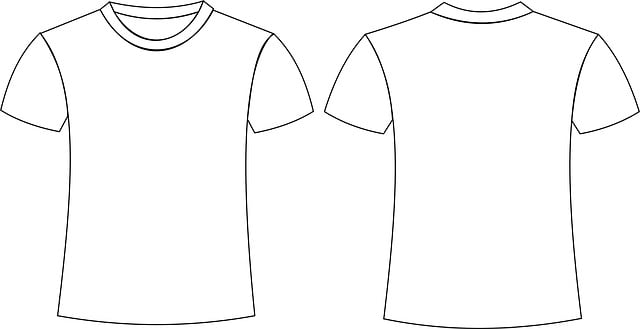
After a car accident, chronic low back pain is common due to spinal misalignments. Chiropractors off…….

Low back pain after a car accident, often called whiplash injuries, can cause significant discomfort…….
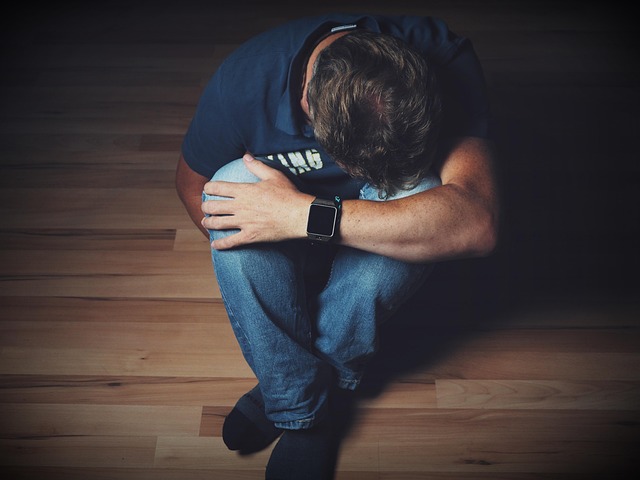
Low back pain after a car accident often results from spine and muscle damage. While over-the-counte…….

Lower back pain after a car accident? A herniated disc, common in whiplash injuries, may be to blame…….
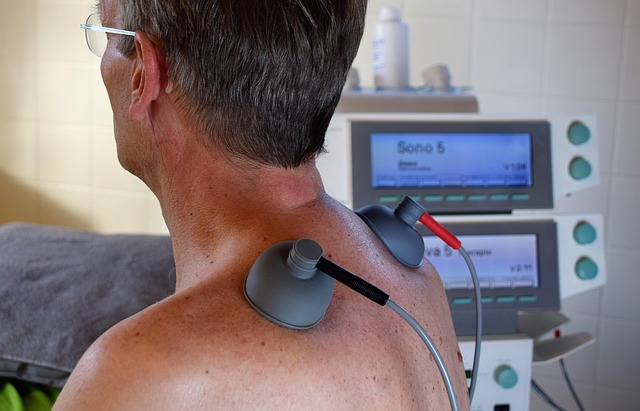
A herniated disc in the lower back from a car accident requires chiropractic evaluation using imagin…….
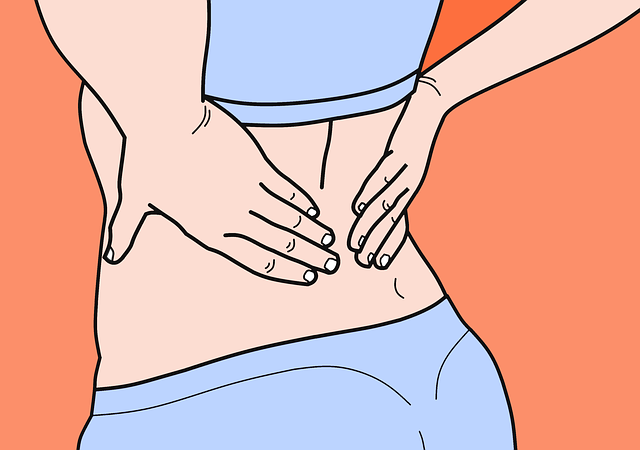
Lumbar spine trauma from auto accidents causes chronic low back pain due to affected vertebrae, disc…….
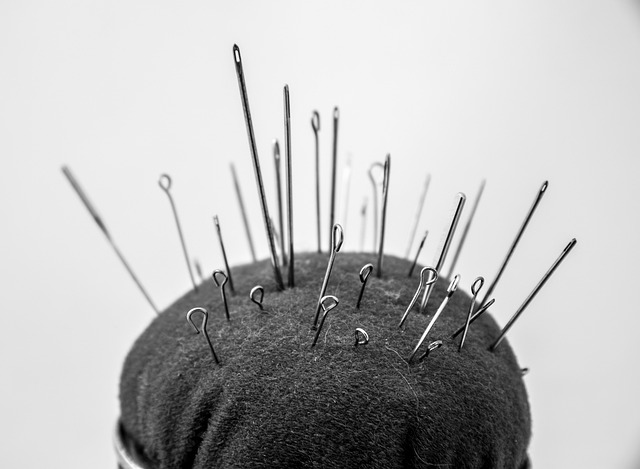
Auto accidents often cause low back pain due to sudden forces affecting spine muscles, ligaments, an…….

Chiropractors offer a non-surgical solution for low back pain caused by auto accidents, focusing on…….